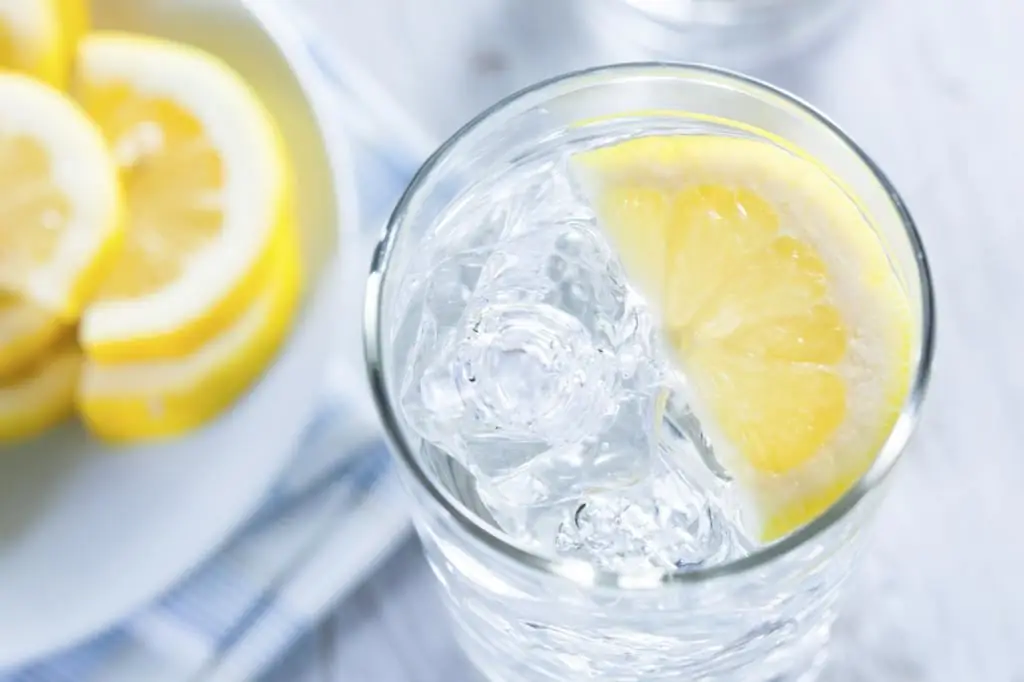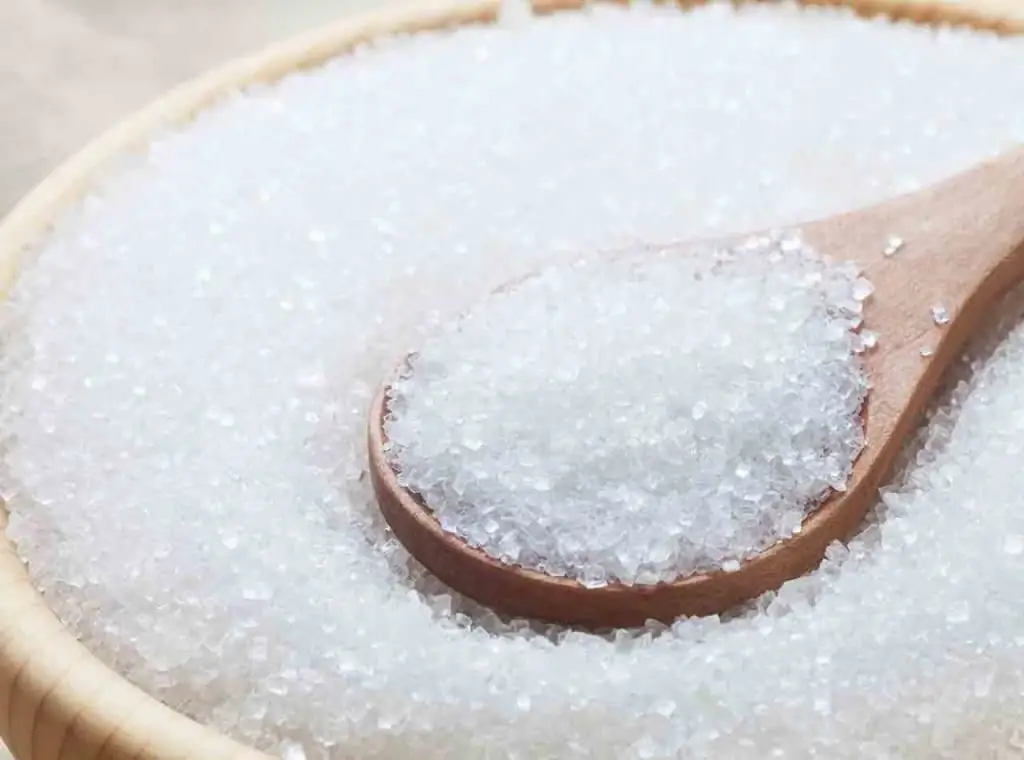2025 Author: Isabella Gilson | [email protected]. Last modified: 2025-01-23 12:50:33
It's no secret that many of the foods we buy at grocery stores contain nutritional supplements. Sometimes in the composition you can also find the dye E102. It is also called tartrazine. What properties does it have? How does it affect the human body?
E102 dye: what is it?
Additive E102, which is also known as tartrazine, is obtained exclusively by chemical synthesis from industrial waste from coal - tar. In nature, it does not occur at all. This substance has found wide application in the food industry, since its production is the most affordable and cheapest.
E102 dye has a powder structure. Its color is usually golden or yellow. The substance is odorless and tasteless, highly soluble in water and fat, which makes it possible to obtain various gradations of yellow color. The dye has the chemical formula C16H9N4Na3 O9S2. However, when exposed to direct sunlight, it quickly decomposes into simple compounds with completely different properties. Forstorage, as a rule, sealed glass tinted or enameled containers are used.

Production
As mentioned above, the main raw material for the production of tartrazine is coal tar. As a result of its distillation, aromatic hydrocarbons are formed. During production, means are required to protect the skin, organs of vision and respiration. Deliveries to Russia are carried out mainly from China and India. However, in the Russian Federation there is an enterprise Interline LLC (100ing), which is engaged in the production and shipment of this substance under its own brand.

Application
E102 dye is used to color those foods that we expect to see in yellow. For example, if the name indicates the color "gold" or "lemon", then most likely the product was dyed with food coloring. Here is a list of foods that may contain tartrazine:
- confectionery;
- ice cream;
- pudings;
- jelly;
- preservation;
- baked goods and pastries;
- semi-finished products;
- lemonade and fruit drinks;
- sports drinks;
- energy;
- chewing gum;
- fast food;
- dry mixes for cooking;
- sauces;
- seasonings;
- liqueurs.
The concentration of tartrazine directly depends on the type of product and the manufacturer. However, recently this supplement has been abandoned and replaced withnatural dye, such as curcumin.
In the United States and a number of other countries, E102 is used in the manufacture of various drugs. In the Russian Federation, such medicines are prohibited both for production and for use. In addition to food, tartrazine is found in household chemicals and cosmetics.

E102 dye: what is harmful?
Recently, the UK Food Standards Agency conducted a study that found that E102 reduces concentration and develops hyperactivity in children. French scientists have found that the dye contributes to the removal of zinc from the body. It is the lack of such an important trace element that negatively affects human he alth, leading to a deficiency of calcium and magnesium. Lead begins to accumulate in the body, which actively affects the nervous system. Scientists also know that E102, together with sodium benzoate, causes Mirkelsson-Rosenthal syndrome. In patients, damage to the facial nerves and Quincke's edema are often observed, characteristic cracks appear in the tongue.
E102 dye is harmful and even dangerous for children and adults. In most European countries, the additive was completely banned. However, this ban was lifted by EU directive. In this regard, many states have introduced a limit on the use of E102 in products - no more than 150 mg per kg. The maximum allowable daily intake is 7.5 mg per 1 kg of body weight.

So artificialdye E102 is used in the production of many food products, because it is cheaper than natural substances. However, manufacturers have recently sought to replace it with dyes of natural origin. It is definitely dangerous for humans. The Union of Ecologists of St. Petersburg recommends completely abandoning products containing tartrazine.
Recommended:
Drink water with lemon in the morning: drink recipe, proportions, effects on the human body and gastrointestinal tract, indications and contraindications for taking

It has long been established that water is an integral part of our body, and its lack can adversely affect overall well-being. It is water that stimulates all organs to work smoothly and correctly. But what about lemon water? Is it good to drink water with lemon in the morning? If yes, what is the right way to do it? These are just some of the questions, the answers to which can be found in the article
Sodium guanylate: dietary supplement formula, effects on the human body

Disodium guanylate is a food additive whose main ability is to improve the organoleptic characteristics of the product. On the packaging of finished products, this additive can be seen under the symbol E627. What is the harm of this supplement for the body?
Fruits that lower blood pressure: a list, effects on the human body, cooking rules, recipes and doctors' reviews

Phytotherapy has been an effective way to combat the manifestations of arterial hypertension for many years. But along with drugs and herbs, a fruit and vegetable diet is used to treat this disease. Therefore, people who suffer from hypertension should consume fruits that lower blood pressure
Sugar and s alt - harm or benefit. Definition, chemical composition, effects on the human body, the pros and cons of consumption

Almost every one of us eats sugar, s alt daily. At the same time, we do not even think about the so-called white death. These two ingredients enhance the taste of dishes, thereby increasing appetite. A sweet tooth strives to put an extra couple of spoons of sugar in tea, but s alty lovers will never give up canned vegetables in winter. We will talk in more detail about the permissible daily consumption of these products
Aspartame: harm and effects on the human body

Recently, information has been very actively spreading that sugar is the main enemy of a slim figure and he alth in general. People who adhere to the rules of rational nutrition are advised to give up sugar completely, but, unfortunately, not everyone has such willpower. In this case, sweeteners can come to the rescue, the most popular of them is aspartame. Does this supplement bring harm or benefit to the body?

